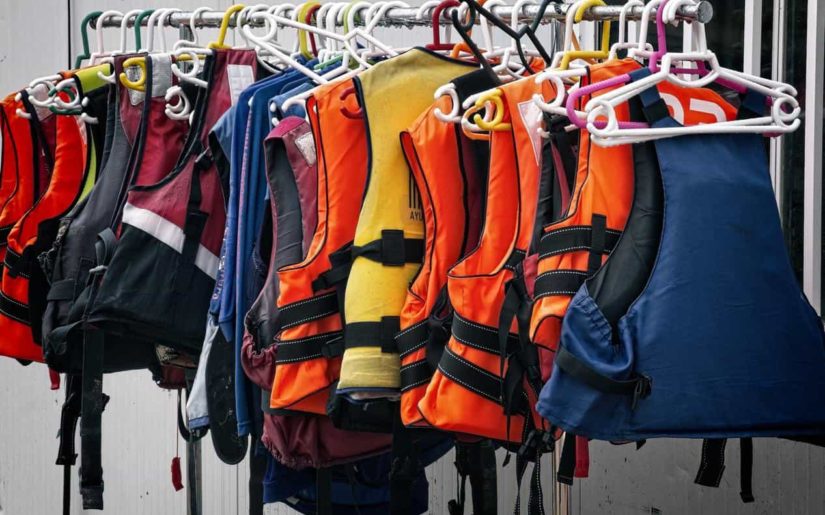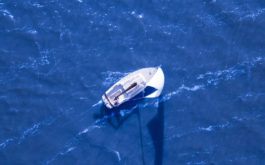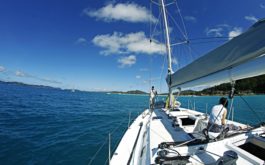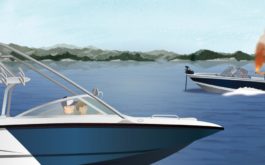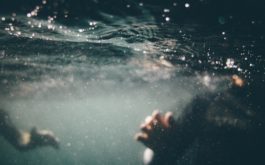The first time I went boating it was a small group of family friends in Muskoka, Ontario and we were having the perfect getaway weekend. We enjoyed sun-drenched weather all week and the views of the water from the boat made for the ultimate Instagram shots! Deciding to take a leap into the lake from the boat to cool off, we double checked our lifejackets were secure and hopped into the water.
Unfortunately, I did not bring my own safety equipment and was at the mercy of whatever the host had available. As a result, what I ended up with was an old, ratty looking lifejacket that could easily have been worn by my great-grandfather. When I jumped into the water, the PFD (personal floatation device) proved to be much too big, engulfing me as soon as I hit the water. Luckily, the weather was good and the water was relatively shallow, so the only issue was the embarrassing (albeit hilarious) photograph my friends took of me being swallowed by my personal floatation device. But, in an emergency situation, this would have been dangerous, and could have proved disastrous!
Be Responsible
Lifejackets are an essential part of boater safety, and it is your responsibility as a captain to provide well-fitting lifejackets to all passengers in your boat; even if it’s man-powered. Going for a slow row in your canoe with a friend? You’ll need two life-jackets. Taking a tour around the harbour with your family? Make sure that each passenger has a PFD that fits them properly and strap yourselves in. Going fishing alone? Wear your lifejacket!
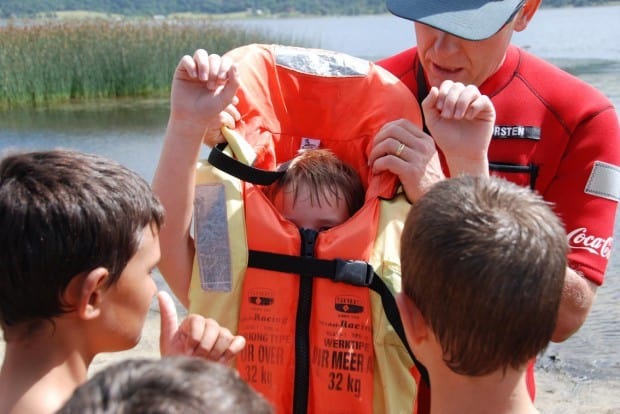
An important part of your Personal Safety Equipment is a boater’s life jacket or PFD. Let’s take a closer look at what you need to know about one of the most important pieces of safety equipment a boater can own while enjoying recreational boating.
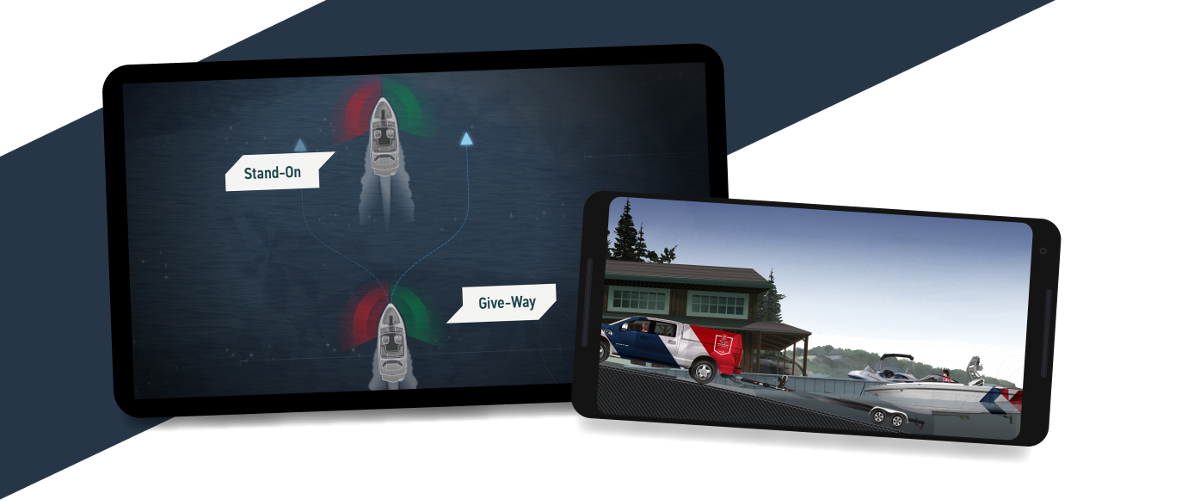
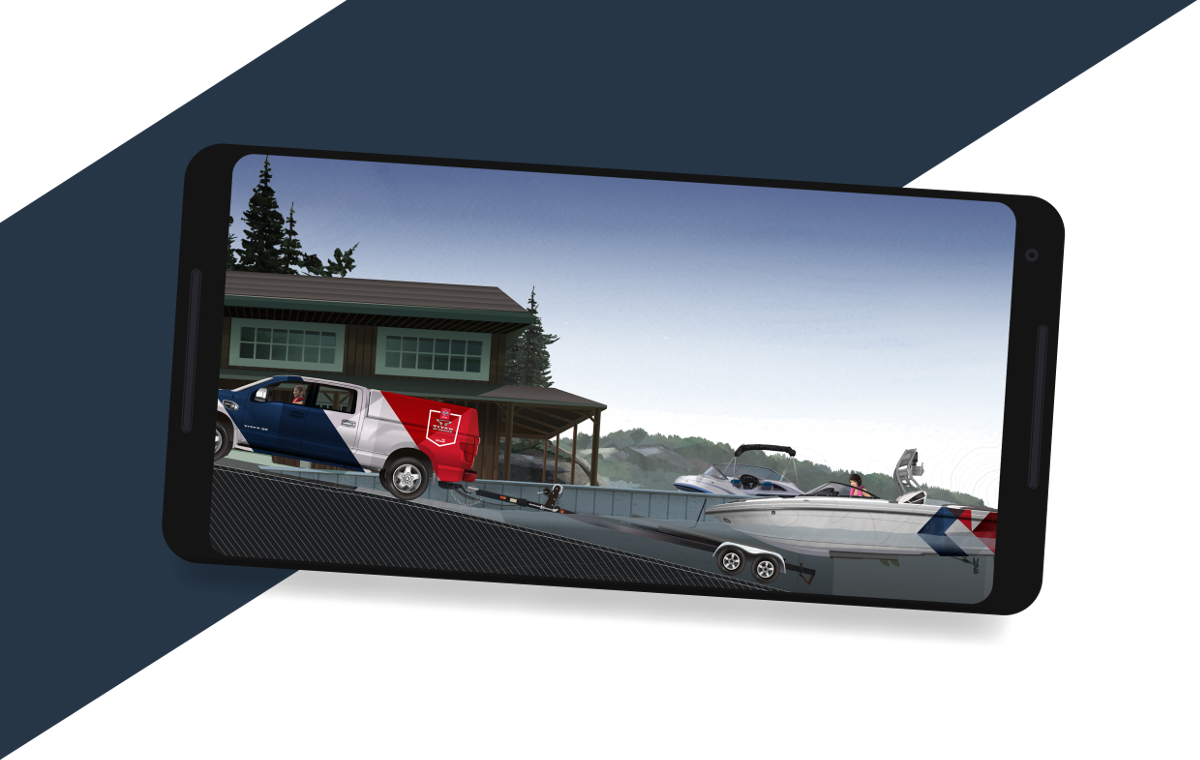
Get your Official North American
Boating License
The Official NASBLA and Transport Canada Boating Course, Test & License.
Get your Official North American
Boating License
The Official NASBLA and Transport Canada Boating
Course, Test & License.
Life Jackets
Life jackets can be found in both ‘Standard’ and ‘Small Vessel’ styles and are available in both youth and adult sizes. They are red, orange or yellow in colour, feature a ‘keyhole’ or ‘vest’ design and are typically bulkier and more uncomfortable than PFDs. Manufactured with increased flotation in the front of the jacket, life jackets are designed to turn an unconscious person face up in the water. There are a few different types of life jackets:
SOLAS (Safety Of Life At Sea) Life jackets: These offer the best performance and will turn an unconscious person face up and out of the water in seconds.
Standard Life jackets: These feature a high degree of buoyancy and will turn an unconscious person face up and out of the water but are typically uncomfortable.
Small Vessel Life jackets: These are also designed to turn an unconscious person face up, but are not as buoyant and have less turning ability.
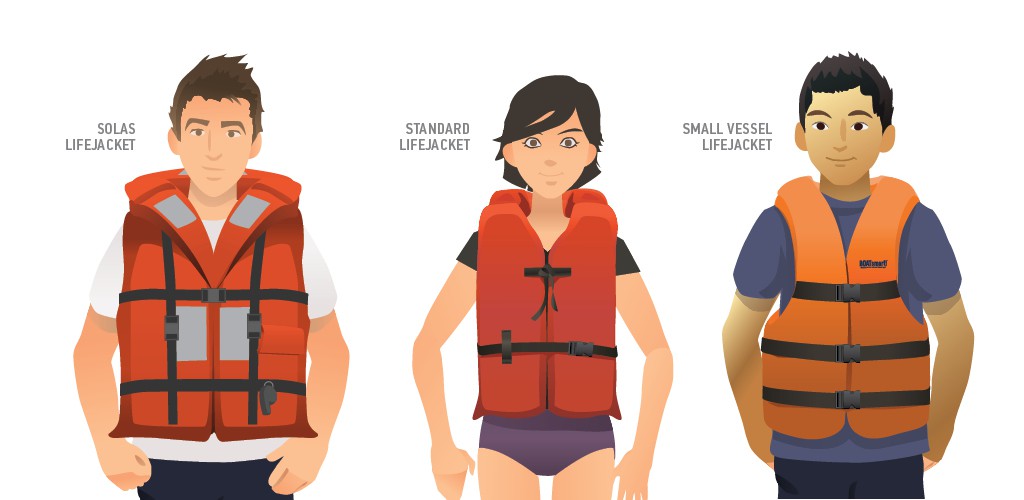
Life jackets should fit slightly loose in order to allow water under the front of the jacket so that it can function properly. All zippers, fasteners, buckles and straps should be adjusted to ensure a proper fit. Although you can choose between life jackets and PFDs, life jackets offer a higher level of protection.
Personal Flotation Devices
Personal Flotation Devices (PFDs) are more comfortable to wear and less restrictive than life jackets. PFDs are designed to keep a person afloat but are NOT designed to turn an unconscious person face up in the water.
PFDs come in keyhole, vest, coat and coverall designs. Child, youth and adult sizes are available and should be fitted to the size of the person wearing the device. PFDs should fit snugly but not restrict the free movement of arms and legs.
Inflatable PFDs
Inflatable PFDs have a carbon dioxide cartridge that is used to inflate the PFD. Once inflated, the PFD is able to keep the person afloat. They are very comfortable and compact to wear and come in various styles including waist pouches, vests and those that automatically inflate, versus more basic styles that require manual inflation.
Rules for inflatable PFDs
- Only approved for use by persons 16 years or older that weigh more than 36 kilograms
- Must be worn at all times while on deck or in the cockpit of an open boat
- Must be readily available to persons below deck on boats equipped with cabins
- Not approved for use on personal watercrafts or during white water activities
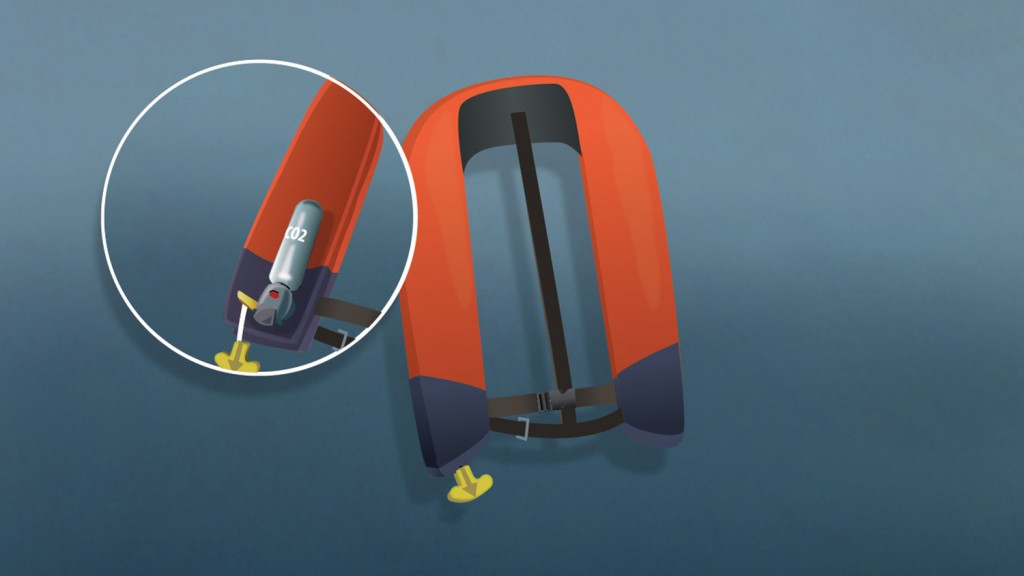
How to Choose a Life Jacket or PFD
When choosing a lifejacket or PFD, you should consider the following:
- Check the label or stamp to confirm the flotation device is Coast Guard, Transport Canada, Coast Guard or Fisheries and Oceans approved
- Choose one that suits the type of boating activities you will be doing. Will you be wakeboarding? Operating a PWC? Fishing?
- Verify that the life jacket or PFD is appropriate for your size and weight (if a boater falls overboard when wearing a PFD that is too small, it may not support the weight of that person)
- Check that it fits snugly but is comfortable to wear allowing for freedom of movement
- If purchasing a life jacket or PFD for another person, ensure that it will fit that person
Safe Boating Tip: If you are in a smaller, open boat (such as a small fishing boat), other boaters may find it difficult to see you. Choosing a brightly-coloured flotation device will help to make you more visible to others.
Choosing a Life Jacket or PFD for a Child
Many life jackets, although certified for use, may not properly protect a child. Choose a life jacket or PFD that has been specifically designed for use by children to ensure their safety.
A children’s life jacket or PFD should have the following:
- A label or stamp indicating that it is Transport Canadian approved
- An extra large collar to support the child’s head
- A safety strap that fastens between the legs to prevent the jacket from slipping over the child’s head
- A grab strap located on the collar
- Reflective material and a safety whistle
Children should be encouraged to wear a life jacket or PFD at all times–both on the boat and when they are near the water. Be sure that children understand how to properly fit and use their life jacket or PFD and never consider a flotation device to be a substitute for adult supervision.
The life jacket or PFD should always properly fit the child. Never try to ‘make do’ with a flotation device and never purchase a larger size with the hope that the child will ‘grow into it’.
Testing Life Jackets and PFDs
Life jackets and PFDs should be tested for buoyancy at the start of each season and on a regular basis throughout the season. Even if they are new!
How to test a flotation device:
Step 1) Put on and properly secure the life jacket.
Step 2) Wade into chest-deep water.
Step 3) Bend your knees and float onto your back.
Step 4) Ensure the life jacket keeps your chin above the water and allows you to breathe comfortably.
Step 5) Stand up and reach above your head—if the vest hits your nose, it may be too big.
Children should also test their life jackets or PFDs to ensure proper fit and buoyancy. Have your child follow the same procedures in a controlled environment under parental supervision.
Maintaining your life jackets and PFDs
Life jackets and PFDs are designed to save lives. But in order for them to do their job, you have to take care of yours. It is each boater’s responsibility to maintain and care for their flotation device on a regular basis. Here are a few tips:
- Never use them as cushions, bumpers or fenders, they may become damaged and less effective
- They should be air-dried out of direct sunlight and away from a direct heat source
- When not in use they should be stowed onboard your boat in a dry, well-ventilated area
- Store them in an easily accessible location and never in the proximity of gasoline or chemicals
- Inspect your life jackets and PFDs regularly, if ripped or damaged, they should be replaced immediately
- Remember that inflatable PFDs require more technology, which means they must be maintained more often than other types of life jackets and PFDs (the owner’s manual will provide all the additional information you need)
When cleaning your life jacket or PFD, consider the following:
- Use mild soap and water
- Rinse thoroughly
- Never dry-clean or use strong detergents, gasoline or chemicals/solvents
- Air dry out of direct sunlight and away from direct heat sources
Putting on a Flotation Device in the Water
Although we highly recommend that you wear a life jacket or PFD at all times while onboard your boat, here are our tips on how to put a flotation device on in the water. Find a supervised area in which to practice the following procedure:
- Spread the flotation device open with the inside facing up and out of the water and the neck facing towards you.
- Extend your arms through the arm openings.
- Lift your arms above your head, lie backwards and pull the flotation device around your upper body.
- Fasten the zippers, straps, buckles and/or ties to ensure a snug fit.

